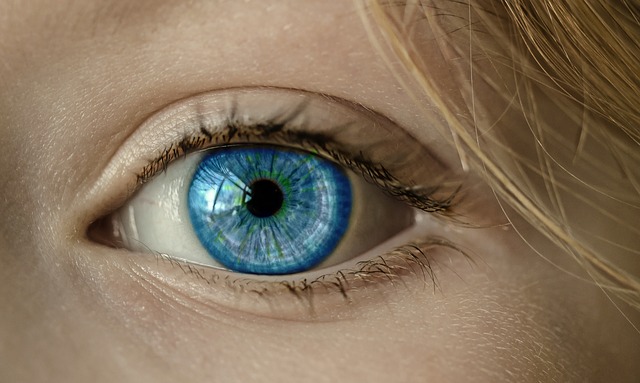
“Perfect eyesight should be a human right”, says Dr. Garth Webb, an optometrist with over 40 years of experience who also happened to be the founder and CEO of Ocumetics Technology Corporation. His innovation, the Bionic Lens, is an intraocular lens that is surgically implanted into the eye to replace the natural, problematic lens. It promises to give users an excellent vision that is three times better than the normal 20/20 vision for the rest of their lives.
In ophthalmology, the term 20/20 vision is the standard for measuring visual acuity, performed by letting patients read out letters on a Snellen chart, named after Herman Snellen, the Dutch ophthalmologist who developed this measurement system in 1862. A patient’s sight is said to be 20/20 if it is similar to that of a person with normal vision who can read the same chart at 20 feet. At 20/100 the patient must obviously move within 20 feet to get the same visuals since a normal person can not read anything from that far a distance. To bridge the differences, most patients resort to contact lenses or eyeglasses. It is also possible to have an eyesight sharper than 20/20, say, 20/15 or 20/10.
The procedure for implanting Bionic Lens is similar to cataract surgery, which is one of the most common procedures in medicine. After removing the natural lens, the Bionic Lens is inserted through a corneal incision where it will unfold inside the eye within 10 seconds. The procedure is pain-free and the material is made from harmless, biocompatible materials. The exact science on how the technology works is not revealed.
Bionic Lens restores clear vision regardless of distances and it would use less than a hundredth of the energy required by a natural lens, making a whole day of reading eyestrain-free. Apart from immediate eyesight improvement, what’s exciting with this technology is the possible upgrades and modifications that can be added to it. The lens could be installed with a projector, a drug delivery system for eye diseases or an electronic system that can reverse oxidation that degrades the eyes.
While Bionic Lens can restore eyesight and even prevent cataracts (biological lens is prone to deterioration), the procedure it’s not going to be the solution for all types of eye conditions. As such, it cannot treat color blindness, cloudy cornea, severe macular degeneration, severe genetic retinal disease, and torn or damaged optic nerves. Additionally, the procedure is on the expensive side: one lens will cost $3,200, excluding surgery. Garth also mentions that patients who have Bionic Lens implants will have an “unfair” advantage simply due to the augmentation associated with the technology.
When talking about “bionic” as body parts “made stronger or more capable of by special electronic devices”, we first think about cybernetic arms and legs. Bionic eyes are rare, though there are several variants out there already. Some are designed to place electrodes in the retina or implants in several parts of the eye but none has gone beyond the experimental phase. When the Bionic Lens was first presented in San Diego at a conference on refractive surgery and cataracts, some eye experts were impressed with the fact that the Bionic Lens could actually work on humans with eyesight problems.
“There’s a lot of excitement about the Bionic Lens from very experienced surgeons who perhaps had some cynicism about this because they’ve seen things not work in the past. They think that this might actually work and they’re eager enough that they all wish to be on the medical advisory board to help him on his journey,” Dr. Vince DeLuise, ophthalmologist and a Yale University professor was quoted as saying back in 2015.
Ocumetics, a Canadian-based company, has designed Bionic Lens for mass production and will be initiating pre-clinical and clinical trials soon. The lens could get approved in Canada and Europe within two years and be in your eye-surgeon’s hands and in your eyes within the same time frame. Imagine having a clear vision regardless of distance. Wouldn’t it be cool to see a clock’s dial regardless of it being 10 feet or 30 feet away with the same clarity. Or longer worrying about squinting or covering your eyes to get a better look at a distant sign.
It goes without saying that the technology could revolutionize the eye care industry, and send conventional eyeglasses and contact lenses into obsolescence.
Below you can watch Dr.Webb’s full presentation of this fascinating new technology at the Superhuman Summit 2016.
Disclaimer: This page contains affiliate links. If you choose to make a purchase after clicking a link, we may receive a commission at no additional cost to you. Thank you for your support!

Remember…It doesn’t correct underlying pathology…..
Will it correct or improve poor vision due to a detached retina?